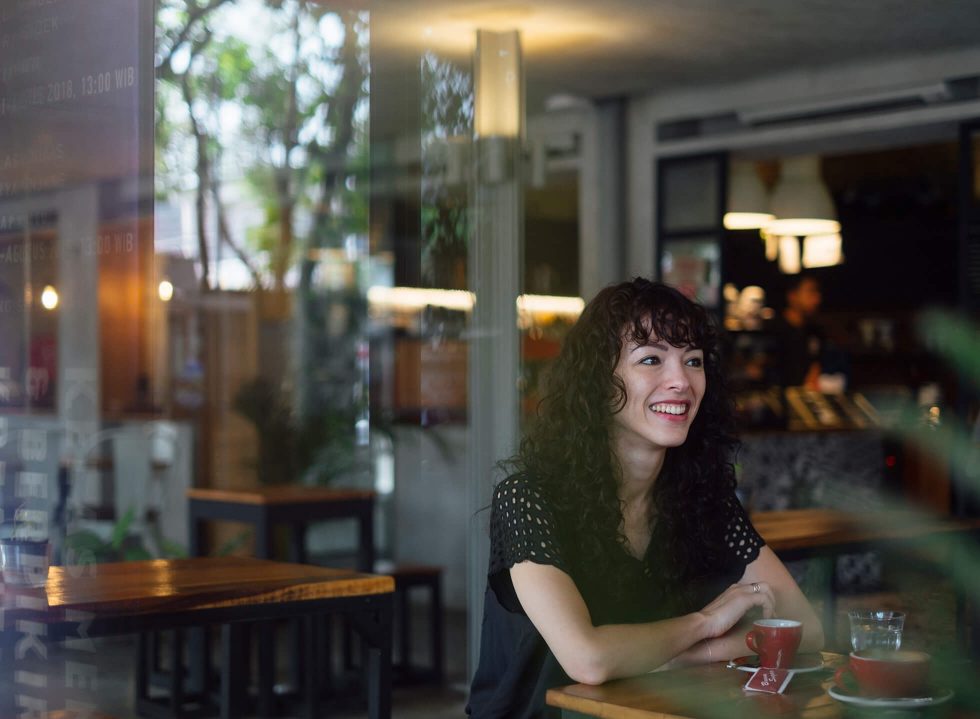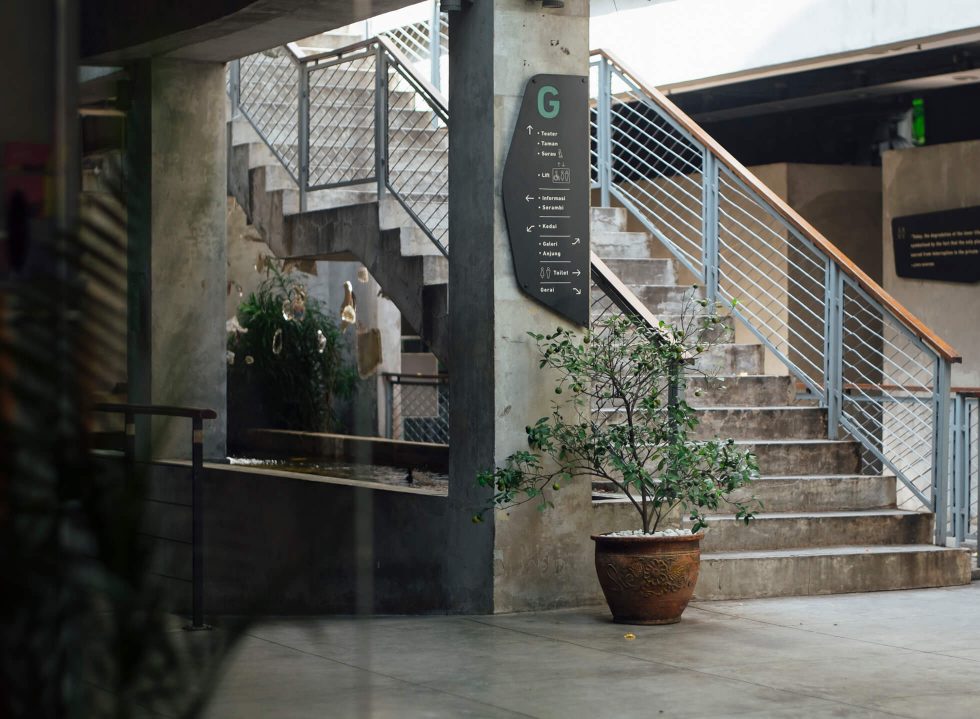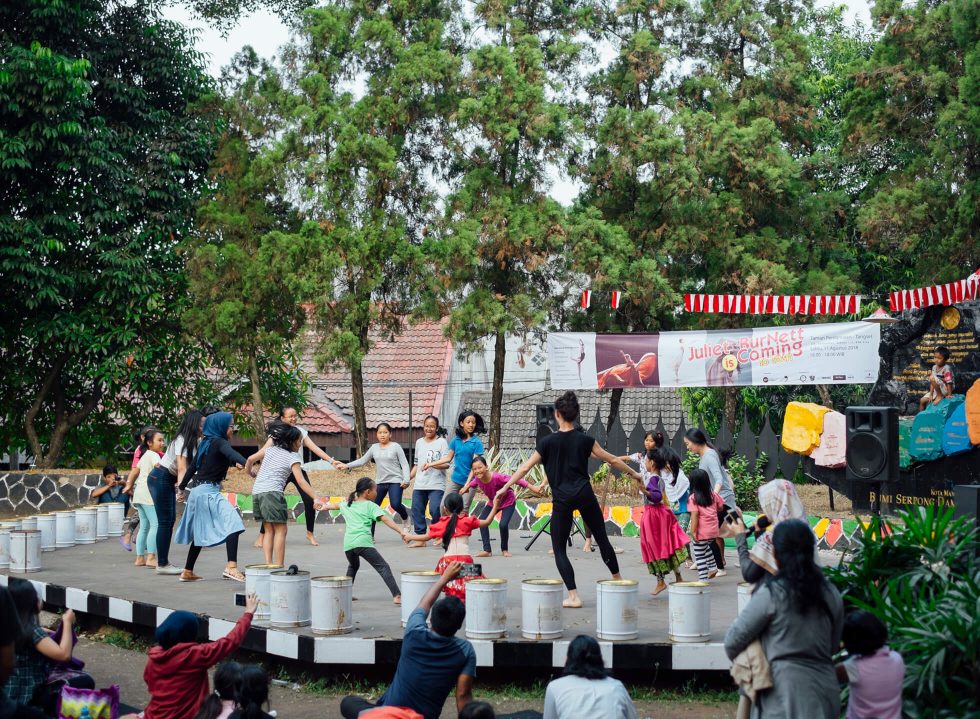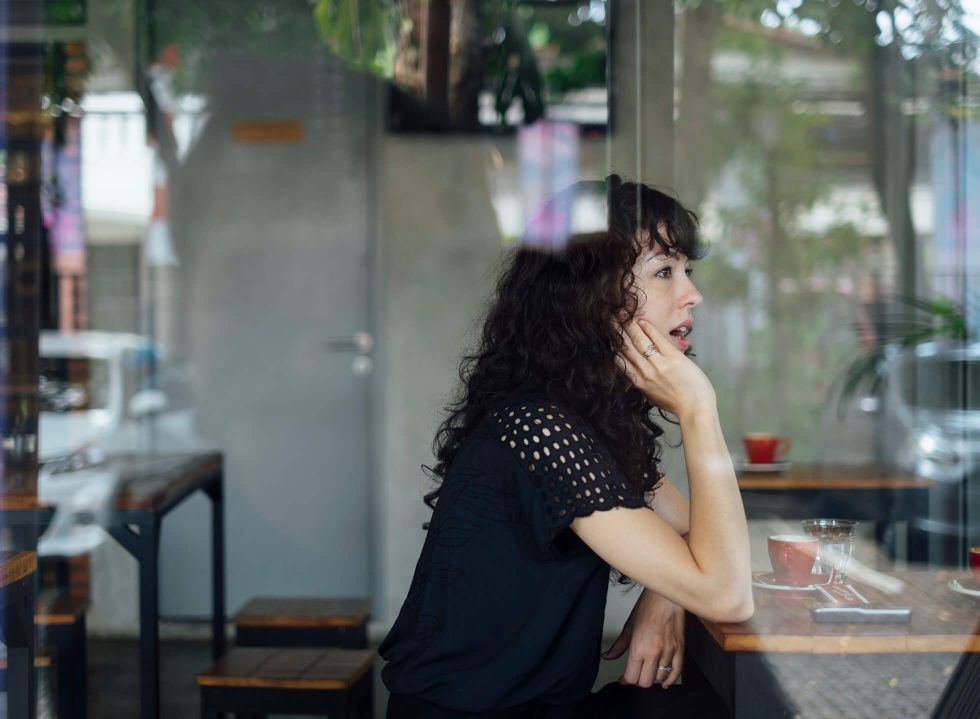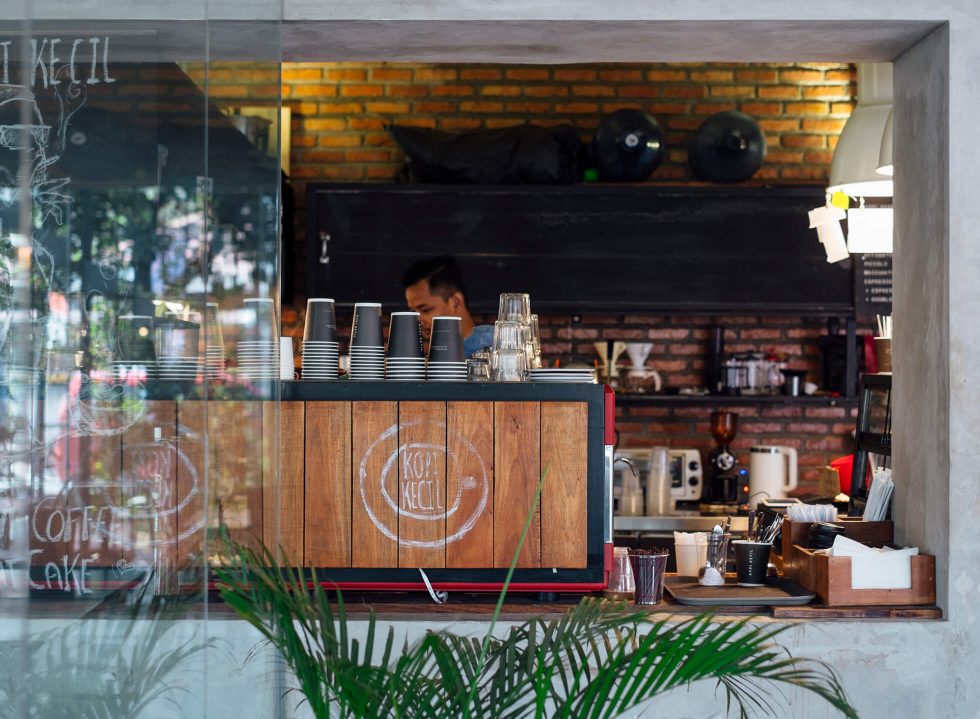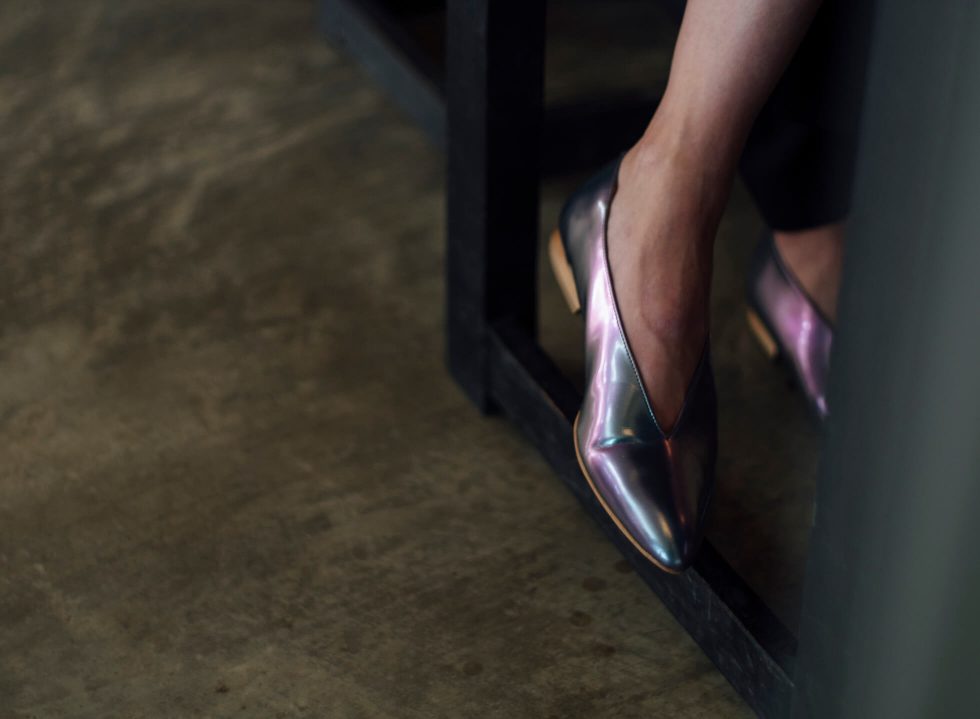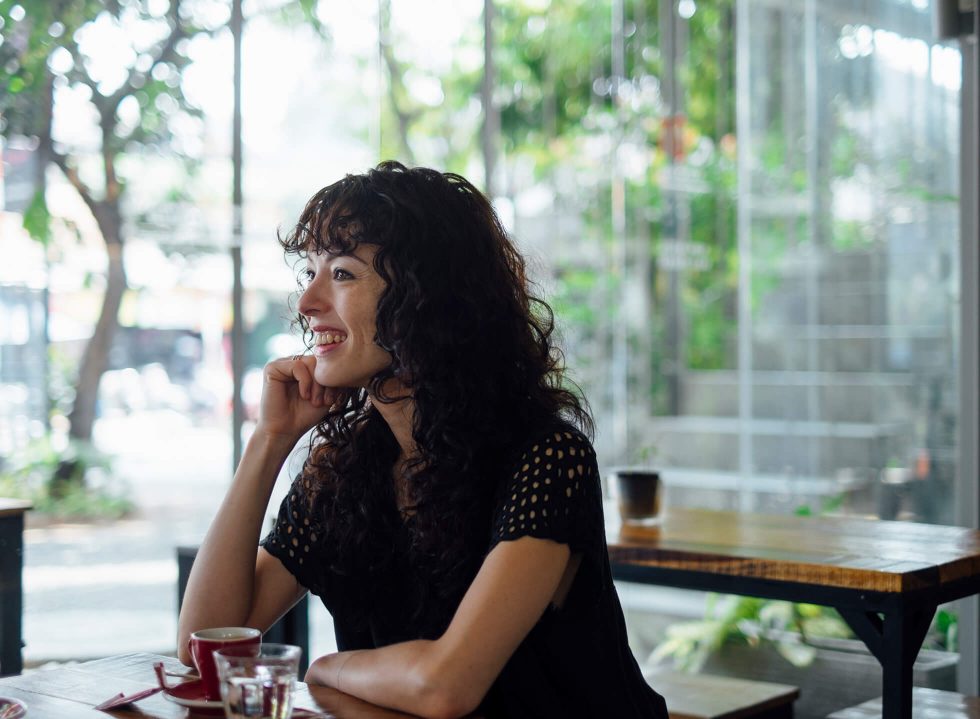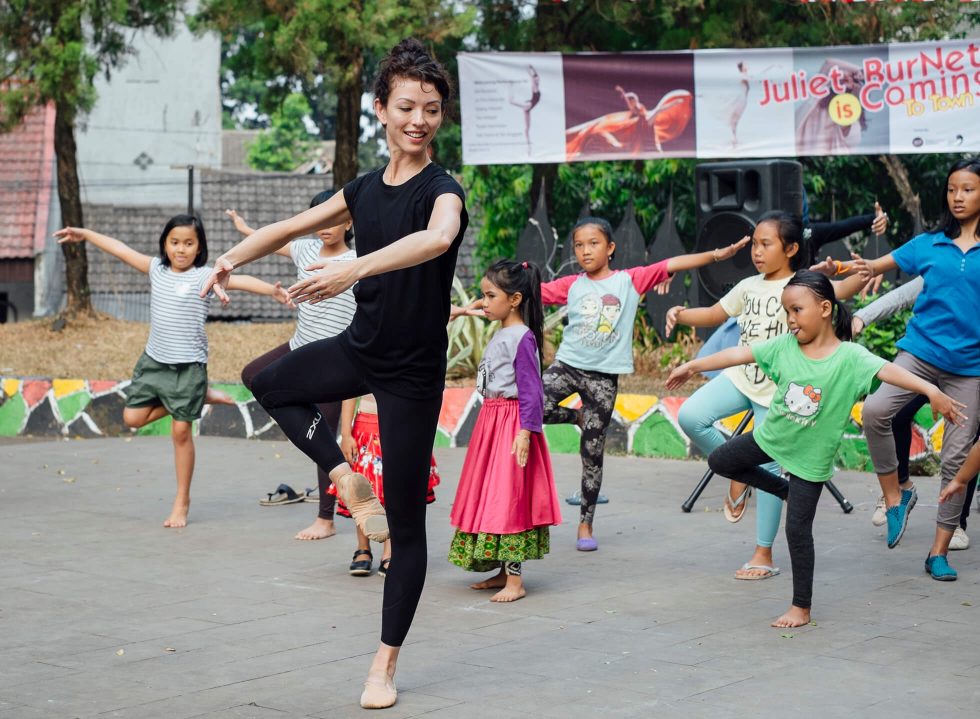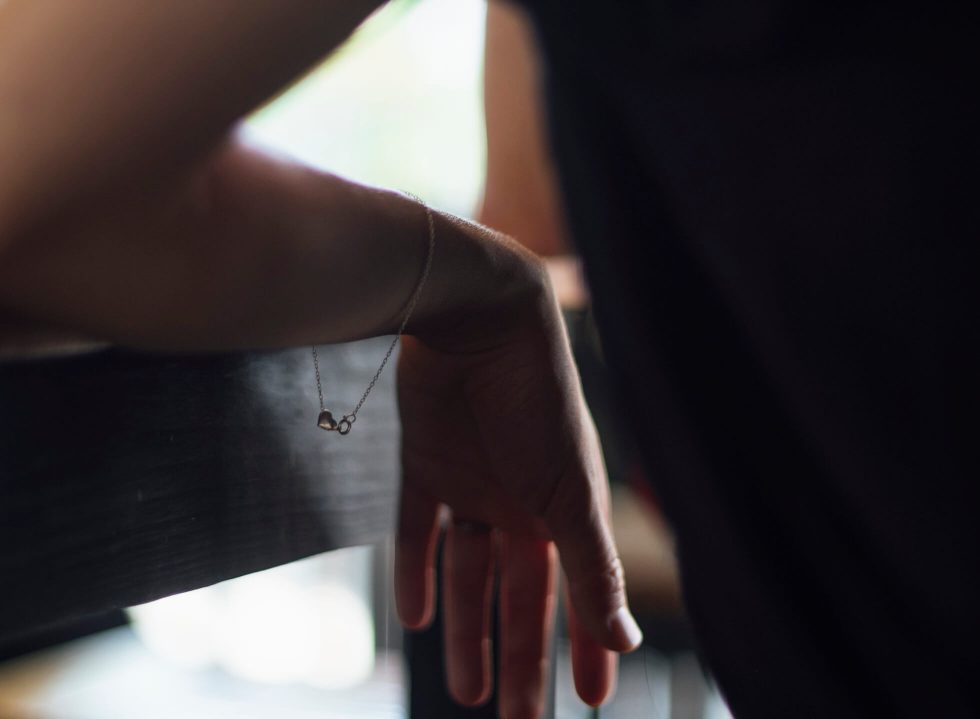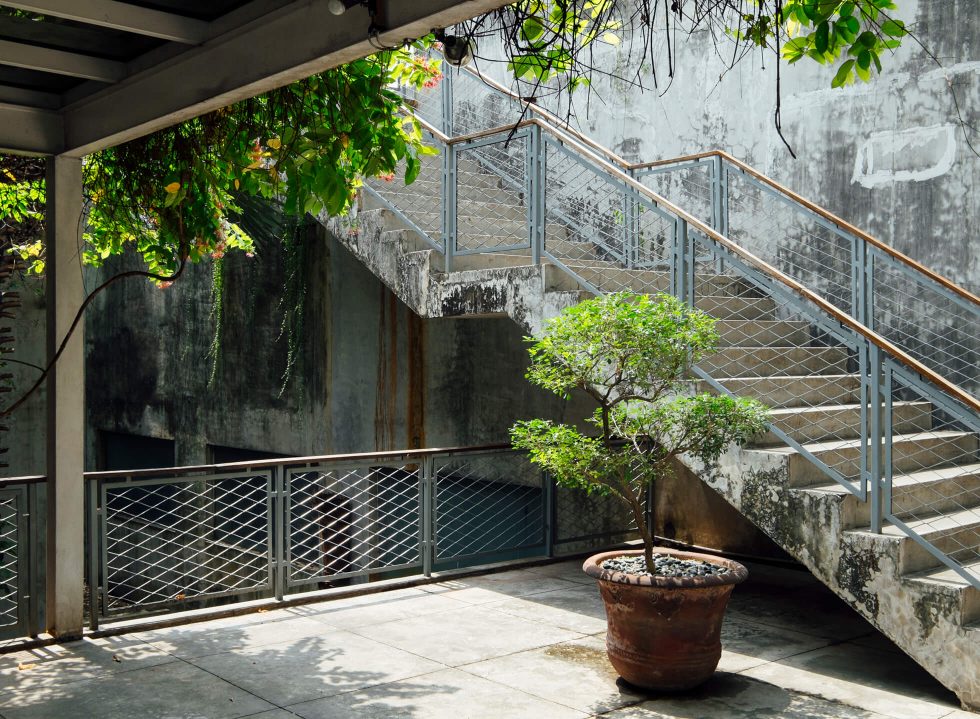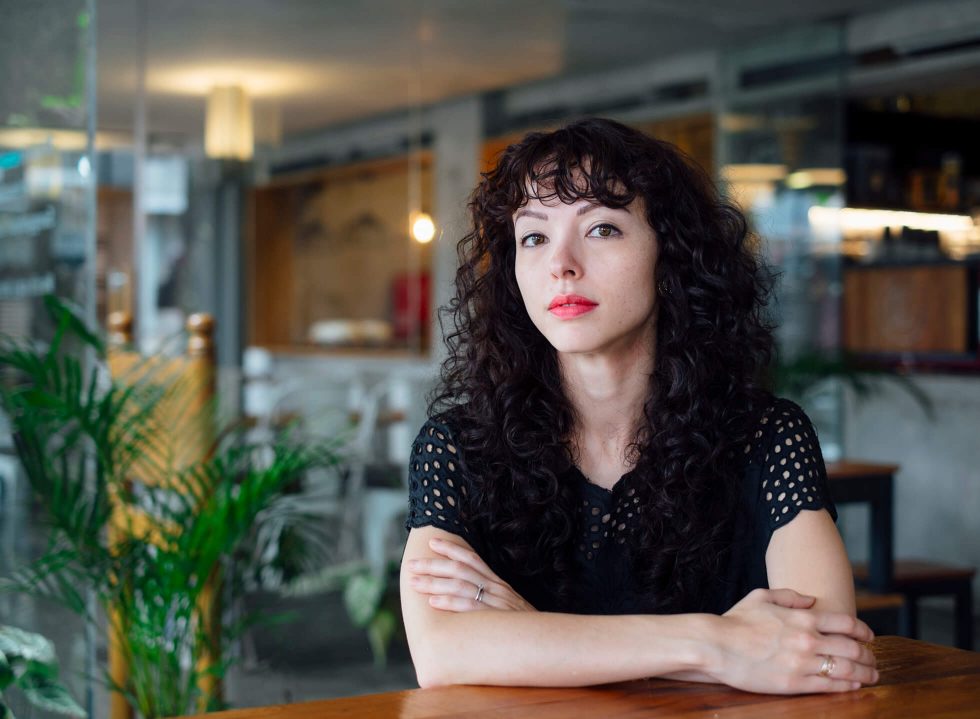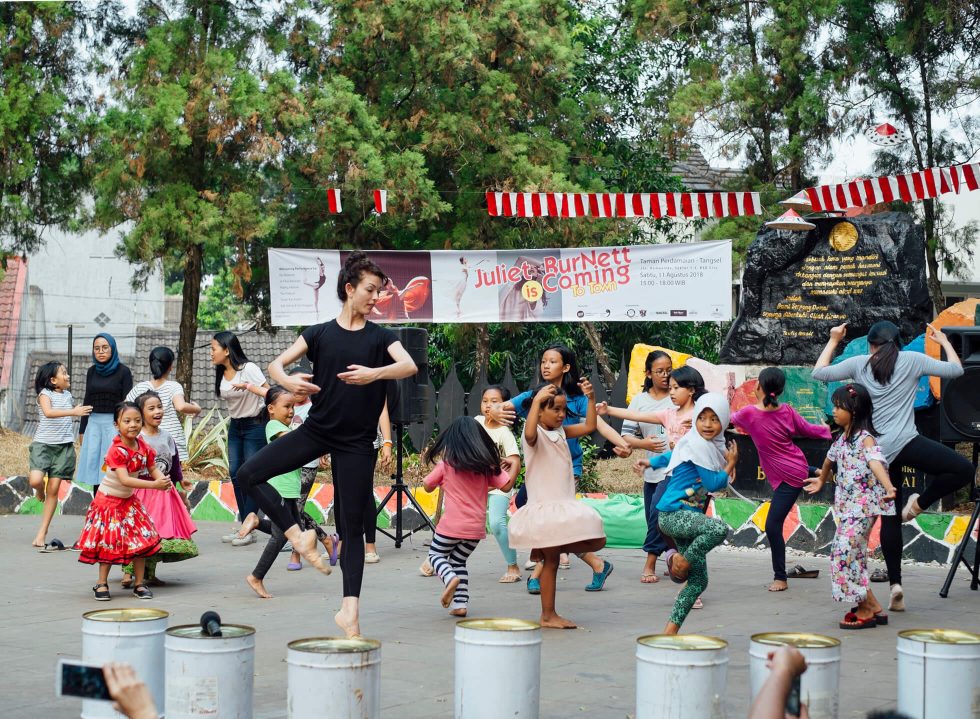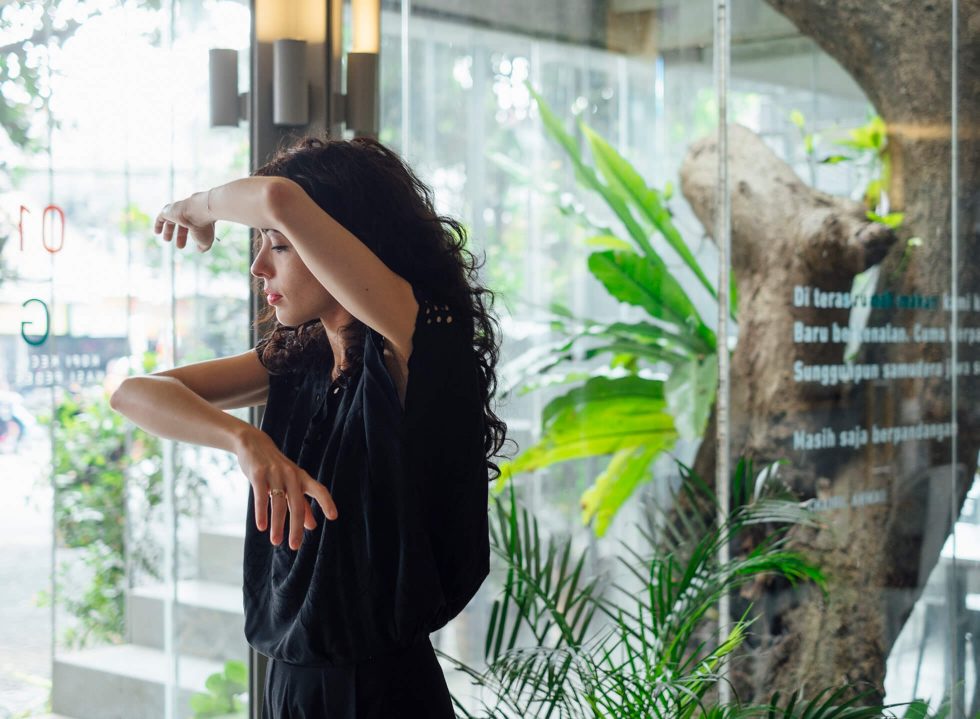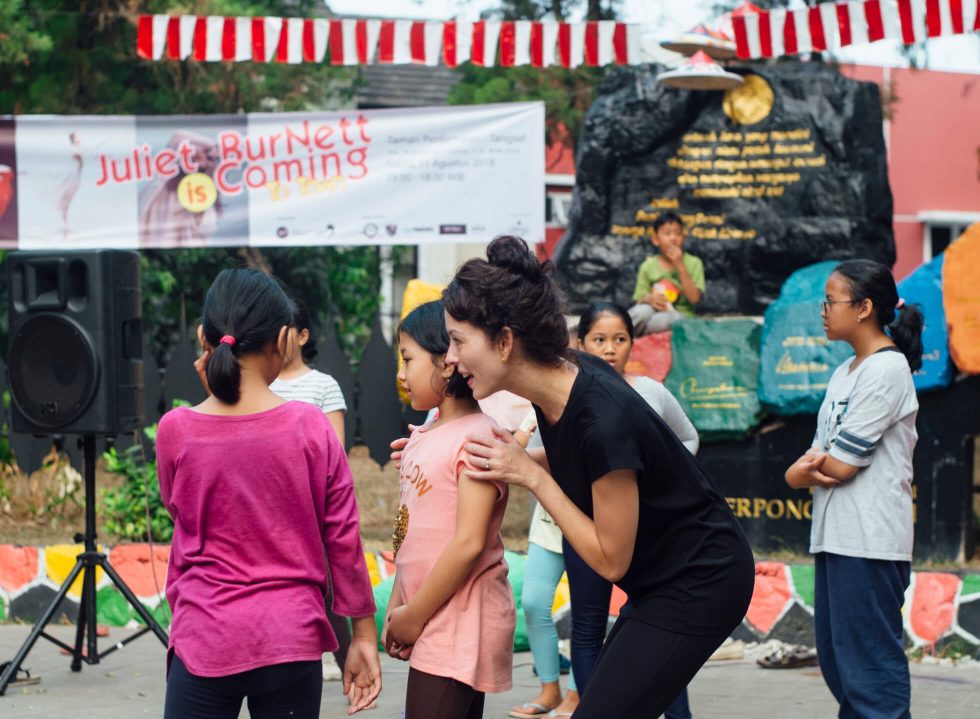It was a balmy Saturday afternoon in South Tangerang and Juliet Burnett was pirouetting on an open stage in the midst of Taman Perdamaian public park. Facing Juliet, around twenty girls observed her, starry-eyed, then tried as their might to emulate what the professional ballet dancer just demonstrated. Some of the girls accidentally kicked their nearest friends, others, especially the young ones, tumbled over.
Cheerful laughter broke out from the audience. The public park was exceptionally crowded that day with children and teenagers. A huge banner behind the stage answered why they all came here for – where it read: Juliet Burnett is coming to town.
One of Australia’s celebrated dancer and choreographer, the Sydney-born Juliet Burnett came to Jakarta every now and then as part of her initiative in introducing ballet to unprivileged children. She recently came back to Jakarta for two weeks and managed to put up with a whirlwind of an agenda; some of which include holding ballet workshops on weekends.
A few days ahead of “Ballet Goes to Banten“, her workshop in Taman Perdamaian, we met in a quaint coffee shop on a Monday noon. She came in breezily through the entrance, wearing an all black clothing, her ebony wild curl bounced as she walked.
“Diva is the opposite of me.”
At the mention of ballet, the thought of it being a lofty art is, unfortunately, unavoidable. Yet, that thought seems so far-fetched after one meets Juliet Burnett. All smiles and totally laid-back, she greeted me with an air of familiarity even though we hadn’t met.
“People meet me and they say they expect me to be a diva, and I’m like, ‘Why?? I’m so chill!’ Diva is the opposite of me.” Of course, it isn’t a baseless presumption. Juliet Burnett was, in fact, the star of The Australian Ballet. If one were to ask of her past repertoires, the list is endless and stellar to boot.
Juliet’s encounter with ballet started early at the tender age of five. Her mother, a Javanese from Solo, enrolled her into a local ballet school nearby their home in the suburbs of Sydney, Australia. While it’s fairly common in Australia for young kids to learn ballet, her mother, however, had a hidden motivation: she wanted to know whether Juliet’s grandmother’s dancing prowess was passed on to Juliet.
Young Juliet didn’t know at the time that her grandmother, Raden Ayu Catharina Ismadillah, was a Srimpi dancer for the Sultan of Keraton Surakarta. Nor did she aware that her grandfather also dabbled in traditional Javanese plays. “There’s this whole romantic story where the Sultan was in love with my grandmother, but my grandmother didn’t love him, and she ran off with my grandfather who was just a dancer from outside the Keraton. Everyone’s [in the family] like, ‘Why didn’t you marry the Sultan, we could be royalty!’” She burst in a fit of laughter.
Oblivious to her dance genetics, to young Juliet, the ballet lessons were just something that she enjoyed doing after school. Until one day, she heard the ballet teacher said, “I think Juliet has a lot of potentials,” to her mother. She was suggested to take up private classes to hone her skills, in the hopes that she would enrol in a professional ballet school later on. Her mother took the advice and soon, Juliet was one among a handful of kids who passed the ballet school’s tough audition.
“I remember not really understanding what my teacher really meant by ‘potential’. ‘Potential’ for what? Anyway, I just went with it and continued to enjoy it.” At the time, she didn’t even know that ballerina can be a career nor did she realise what she had really gotten into. “I don’t really remember the moment when there was a conscious choice of, ‘Okay, I want to be a ballet dancer.’ Everything just happened.”
“I think it’s also important for art to convey something and provoke people to think.”
It wasn’t until she saw the performance of Alessandra Ferri, one of Italy’s eminent ballerina, that a sudden realisation dawned on her: the profoundness of ballet, how there’s more to it than a mere retelling of fairy tales, of how it could be a vehicle to convey relevant human themes. This interests Juliet more than traditional ballets, of the kinds that she admitted have never felt connected to.
She spoke of traditional ballet, “Of course it’s good to be taken away to a fairy tale land and escape the real world, nothing wrong with that. But I think it’s also important for art to convey something and provoke people to think.” She said rather solemnly, her strong expression turned more prominent. “And that’s definitely the influence of my uncle coming here, I guess. He indoctrinated me with all his ideas!”
Juliet’s uncle is none other than the Indonesian poet and playwright W. S. Rendra, her mother’s older brother. The two developed a very close uncle and niece relationship, routinely engaged in deep talks about art every time they had a family gathering. In retrospect, it was one of the moments she cherished from which she gained a lot of insights into Javanese art and principles.
He drove Juliet in her artistic pursuits. Upon graduation, she immediately landed a career in The Australian Ballet in 2003 where she had her first flush of fame; more often than not, assuming principal roles in nearly all of her past performances. She then continued on making a mark within the company for a steady thirteen-year period and received accolades. One of which, was a Dancer to Watch title in 2008, 2011 and 2012, bestowed by Dance Australia’s Critics’ Survey.
“People get so obsessed with techniques and perfection that they become so homogenous.”
Looking at her illustrious achievements, my mind wondered at the possibly painstaking training that she must have had to endure in order to reach perfection. “Ah, perfection,” she remarked as if had anticipated for this subject to surface. “It’s at once frustrating but also one of the things that make [ballet] beautiful to watch. Because you have to be highly tuned in your technique and your skill.” She observed that the demand for perfection in classical ballet has grown almost exponentially nowadays. “That’s something that I find sometimes frustrating with classical ballet, in particular, people get so obsessed with techniques and perfection that they become so homogenous and robotic in their movements.”
This propensity for impeccability grew in her as she found that she, too, get obsessed with detail and came to love the process of perfecting. “That suddenly extend to my daily life,” she revealed. “I like things to be ordered around me. I expect the best of myself and the best of people around me. I’m very tough on myself, especially on my dancing.” This reveals another layer of Juliet as a ballet dancer, her streak of resoluteness and steely side to her easy persona.
Pain has undoubtedly become a normal part of her life, I reckoned. “If you’re going to stay afraid of discomfort then you’re never going to progress,” she said. But somehow, the conversation steered drastically into misconceived perceptions toward the art of ballet. Juliet said that on one side, there’s this romanticisation of ballet being all “pink, fluffy and fairies” and how the dancers are “somewhat ethereal and untouchable”. While on the other, a perception where these dancers put themselves through brutal hard work; “like almost kill ourselves over our art,” as Juliet put it.
Confronting these two misconceptions, Juliet stresses that ballet dancers are, well, human. They go to nightclubs, they party, they drink wine, they even succumb to chocolate, and most importantly, also feel pain. “But we have a very high pain threshold,” she quickly added. “Because of years of training. Strength of mind is what gets us through … When you’re so lost in what you’re doing and you’re so passionate about it, you just keep going.”
However, after nearly a decade in the ballet company, Juliet began to question her identity. Even though she received the Khitercs Travelling Scholarship to expand her knowledge and learn from the very best, globally-acclaimed ballet schools – The Royal Ballet in the UK, San Fransisco Ballet, Dutch National Ballet, and The Royal Ballet of Flanders in Belgium (which she later joined) – she thirsted for more.
“My whole life purpose was really reconfirmed and validated.”
After a careful thought, Juliet then decided to make use of the scholarship to study Javanese dance in Solo. It wasn’t easy. “It took me such a long time to pick everything up,” she said openly. The undulating and lyrical movement of the dance was what she found intriguing. Although challenging, strange enough, Juliet felt very at home with all these new movements. “My body felt like it wanted to do all of this movement even though I’ve never encountered it before.”
It was a momentous epiphany. “I’m only half Javanese, but I feel physically my body is very suited to this Javanese style of dance,” said Juliet, who realised that Tari Jawa is indeed, is in her blood, and that her being in ballet is another way of calling to her family’s legacy. “That was a very huge waking. I could feel like my whole life purpose was really reconfirmed and validated. It reconnected me with my Javanese culture and made me really curious to learn more about the dance community in Indonesia.”
Going back to Australia after her scholarship trip, Juliet decided to end it with The Australian Ballet even though she was at the peak of her career. After performing her final show, Giselle, one of the most revered Romantic ballet pieces, in Sydney Opera House, she parted from the company. It was tremendously emotional to Juliet.
But not one to linger over the past, Juliet moved on and did freelance projects with other choreographers. She too worked with her husband, a DJ and electronic music producer Nick Thayer, to create a dance film which was shown in Dark MOFO festival in MONA (Museum of Old and New Art) in Hobart, Tasmania. In 2016, the pair made a big decision to move to Belgium. There, Juliet then joined Ballet Vlaanderen (The Royal Ballet of Flanders) in Antwerp.
Amidst the hassle of moving home and starting a new chapter of her life, she somehow managed to find the time to work on a piece entitled Megatruh, which she performed in Taman Ismail Marzuki, Jakarta. It’s a piece that drew its inspiration from W. S. Rendra’s Mempertimbangkan Tradisi text, adapted into a solo dance with the help of Juliet’s friend, Javanese-Australian dancer Melanie Lane.
“Spread the message that ballet and dance is a profession.”
Unencumbered by the structured rules of classical ballet, she was free to explore a new direction of dance. She traversed across classical and brought in contemporary, with a trace of Javanese dance. Juliet was on her way to reach her dreams. Nevertheless, apart from dancing in her second home, Indonesia, she divulged her second dream: to give back to her mother country.
“I always want to do some community work here [in Indonesia],” she said. She got in touch with a local organisation called Ballet ID and organise master classes and workshops with the local community. The first community she taught ballet to was the young kids of Kampung Ciliwung Merdeka, a slum area on the banks of Ciliwung river in Jakarta.
“I want to keep this as a knowledge exchange because it shouldn’t just be that I come in and say, ‘here is ballet, here is Western dance’, but of course to give them the opportunity to be exposed to it. And spread the message that ballet and dance is a profession.”
In the future, she hoped that one of these kids would be interested to pursue this art further. When that happens, she will be one of the first to encourage their dream. She was working with Ballet ID to organise a dance scholarship for the really talented kids. Juliet then emphasised how these workshops weren’t a mere pastime, “It was also teaching them about how this kind of art form could transform people.” Again, a trace of his uncle’s vigour resurfaced as she said this.
Fast forward to her ballet workshop in Taman Perdamaian, I got to witness first-hand of how Juliet’s art transformed people on that Saturday. Before the workshop, some of the girls were too timid to got up onto the stage. One was even hiding behind her mother. Yet, these girls changed once the workshop started: they were determined to pick up the dance moves, so focused that they turned a blind eye to dozens of watchful audience.
At the end of the workshop, I decided to approach Juliet to say goodbye. It involved braving a few layers of groups of kids and teenagers who were eager and hopeful at the prospect of taking a selfie with Juliet. As I waited for my turn to talk to Juliet, I gained the benefit to really observe what unfolded before me: an hour ago, Juliet Burnett and ballet seemed so out of place in this park. But now, Juliet, a star dancer and master of ballet, had never looked so at home than in here, in her mother country.
